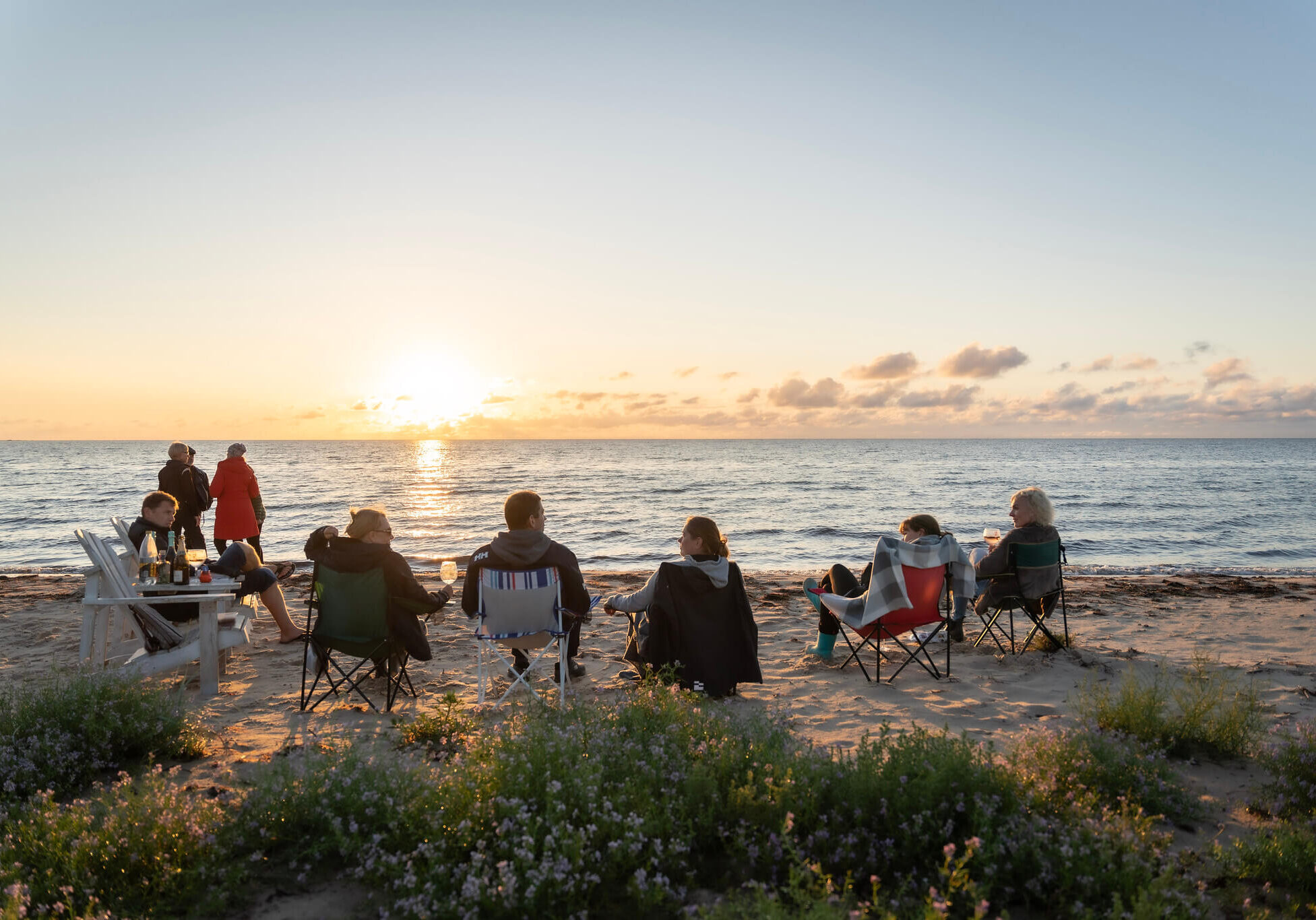Looking out to sea from land

Not all of us are born sailors, but you can get a small taste of the maritime life by travelling around the world. Especially, of course, if that land is the island of Hiiu. Why were lighthouses built, how are harbours developed, when did iron ships replace wooden ones and are there still fish in the sea? Keep in touch with the sea and you’ll learn a lot about it.
The route includes the following stops:
See other routes
One long period of Estonian history, about 600-700 years, can be summed up by the word manor age. About 30 manors are known from this period in Hiiumaa, including church and pastoral manors. Manorial officials and landlords, mostly Baltic Germans, had a significant influence on local life through their ownership of large estates and the peasants who lived on them. The manorial system encouraged and caused injustice, including economic coercion and social inequality. On the other hand, the estates also brought us much that was new from the wider world, be it new working methods, plant varieties, recipes or developments in school and church life.
At the beginning of the 20th century, the time of the former manors was over. During the time of the Republic of Estonia (1918-1940), there were still a few functioning manors and estates leased to previous owners, but the manor life of the old days was no more. It was then that this long-lasting economic and political system of sorts finally fell apart. The manor’s buildings and land were taken over by new owners, be they former estate workers, farmers, companies or the state. Many large and magnificent buildings fell into disrepair for lack of the right owner and money.
Hiiumaa is a nature lover’s paradise. Almost 70% of the island is forested, some of which is now very scarce under virgin forest. Plants, animals and birds that are rare in Estonia can also be found on beaches and in meadows. Meteorite craters, hundreds of millions of years old, are an attraction, as are boulders and rock caves. Freshwater springs, deep karst caves and special coastal lakes offer additional experiences. Start the tour!
The Hiiu-Kärdla quarry was founded in 1829. by the Ungern-Sternberg brothers. By 1830, a large and magnificent woolen cloth factory had been built in Kärdla. The company changed and grew over time, but above all, the industrial company changed Kärdla. Over the years, the small Swedish village became a well-kept workers’ settlement – the forerunner of today’s small town. The factory was destroyed during World War II in the autumn of 1941. However, there are still clear traces of the factory era in the square and throughout Kärdla. This is evidenced by the network of streets created during this period and the modern workers’ houses built with the help of the factory. Although the company is known to have been started in Suuremõisa, the Ungern-Sternberg brothers’ main manor house, we recommend starting the journey in Kärdla at Vabriku Square, where the transforming company was located. If you wish, you can enter the former factory directors’ residence (Pikk Maja), where the SA Hiiumaa Museum is located. There you can see a model of the factory.
For hundreds of years, the dominant language in the northern part of Hiiumaa was Swedish, because the coastal Swedes lived here. They called themselves rather Hiro-Swedish. Their main centres or villages were Reigi and Kärdla. Unfortunately, about 1000 of the Reigi Swedes were sent on their way to present-day Ukraine in 1781, and the Swedes of Kärdla became the new settlers of either Vormsi or Noarootsi in the early 19th century. Those who remained gradually became Estonian-speaking Hiidans. However, what can easily be associated with the Swedes’ residence on Dagö or Hiiu island can still be seen today. Be it place names, churches, farms or something else.
